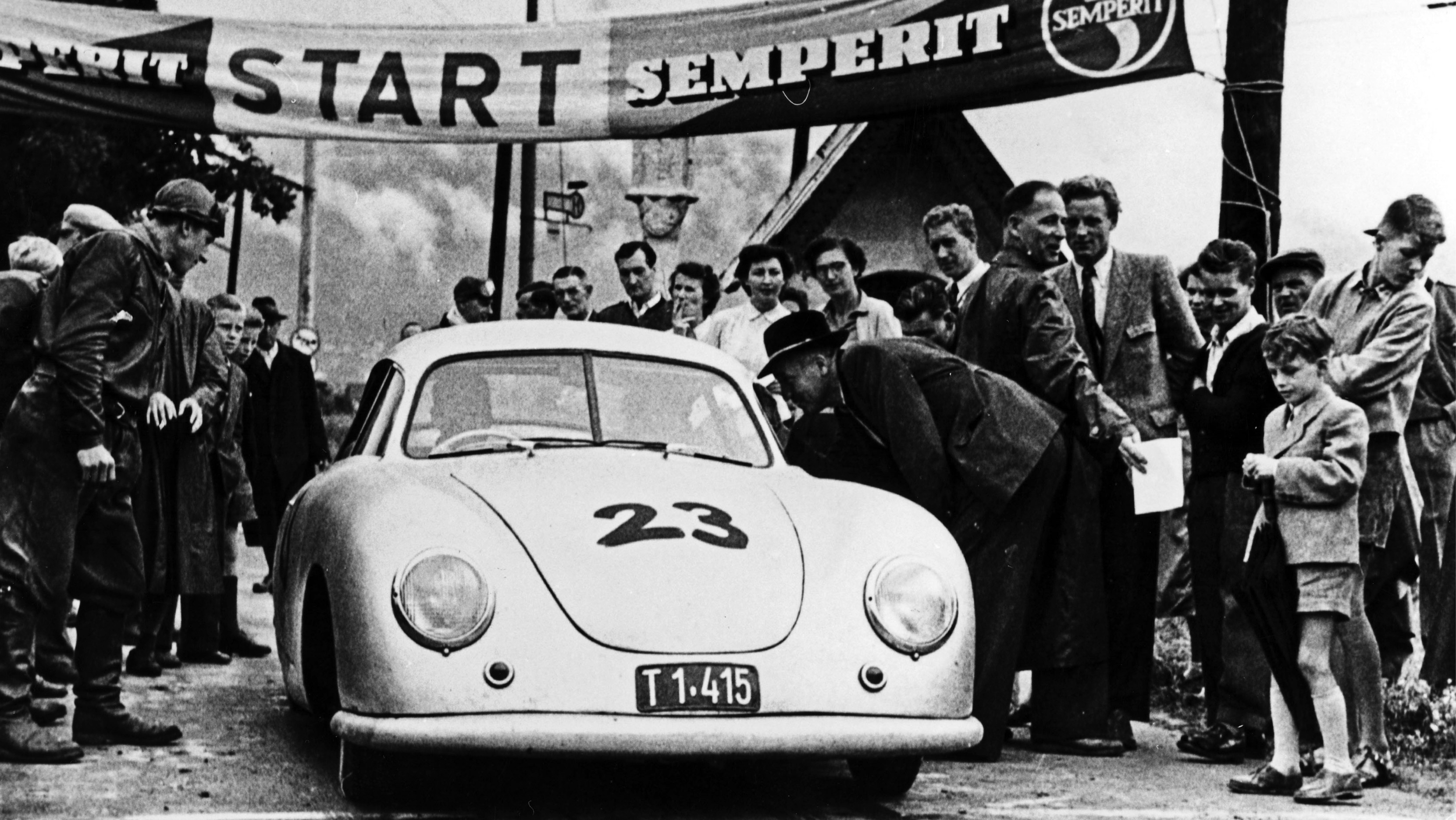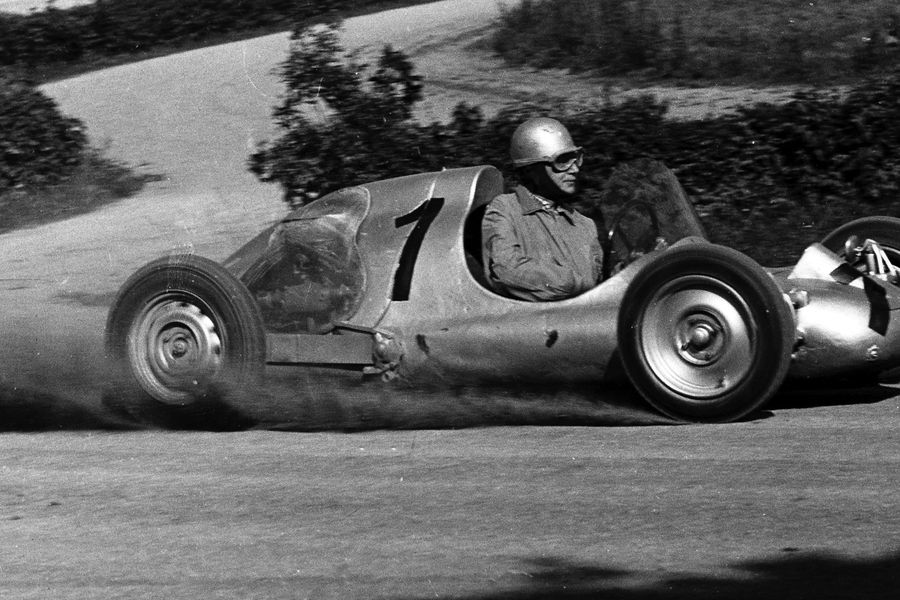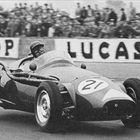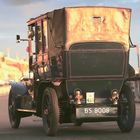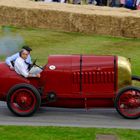Austrian driver Otto Mathé celebrated many successes at the wheel of a self-built car that had a Porsche factory racing engine, an unusual machine that earned an unusual nickname.
Austrian-born Mathé was left with one functional arm after a motorcycle accident during a race in September 1934 resulted in his right arm being paralysed below the elbow. Not that it stopped him from continuing to actively participate in motorsport – quite the opposite. Mathé took a “double or nothing” approach and switched to four wheels.
Giving up was never an option and from that point his passion for cars is wholly dedicated to Porsche. In the mid-1950s he becomes increasingly well known for arriving at his favourite racetracks with a rather unusual vehicle: the 'Fetzenflieger'.
Though combining Volkswagen components with Porsche engine-performance technically made the Monoposto a Formula 2 car, Mathé always kept available a set of bolt-on mudguards, lighting, a second seat and a spare wheel, so in next to no time his 'special' was ready to compete in other racing series when required.
With the gear lever installed on the left – the side of his still-functional hand – he leant against the steering wheel to change gear: a posture that made the Austrian world-famous. In spite of his physical disability, Mathè regularly outclassed the competition, competing in the car primarily at sand track and ice races. On one occasion at Zell am See Otto set a new record by completing the four-kilometre icy course in just 2m37s.
The peculiar Porsche turbocharged Otto Mathé’s career. The self-built racing car, with hand-crafted aluminium skin fesatured a 1.5-litre factory racing engine, and later a Fuhrmann engine from the 356 A Carrera GT, was one of the most unusual Porsche-powered racing cars ever seen.
Its extremely low centre of gravity, short wheelbase, and engine installed in front of the rear axle result in extraordinary driving characteristics, while a kerb weight of just 395 kilograms and 130 PS enable acceleration to more than 200 km/h. But it’s not just for those qualities that the bizarre nickname of Fetzenflieger – or ‘shreds flyer’ – was coined for the car.
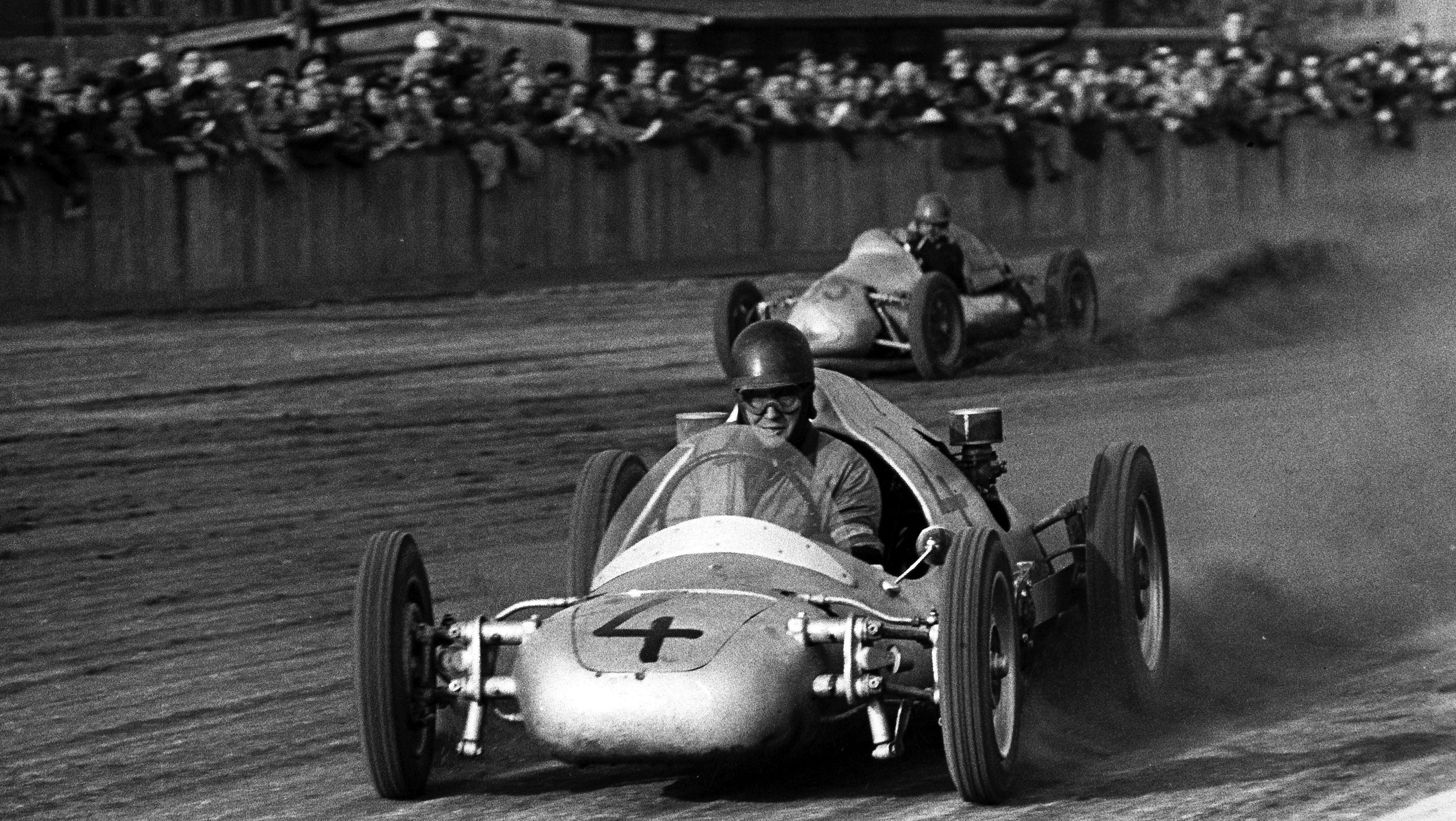
Mathé left the side panelling open in order to facilitate quicker changing of the spark plugs when needed. All that protected the carburettors from incoming dirt was two overlapping fabric tarpaulins, which also functioned as air filters, and occasionally misfires ignited the fabric, the speeding vehicle leaving flaming fragments on the track behind it.
The Fetzenflieger was usually towed to meetings behind Mathé's Porsche 356, which on occasion was raced itself, taking his first win at Innsbruck in 1952. He was very successful competing in a Porsche Type 64, competing in events such as the Coppa d'Oro delle Dolomiti.
